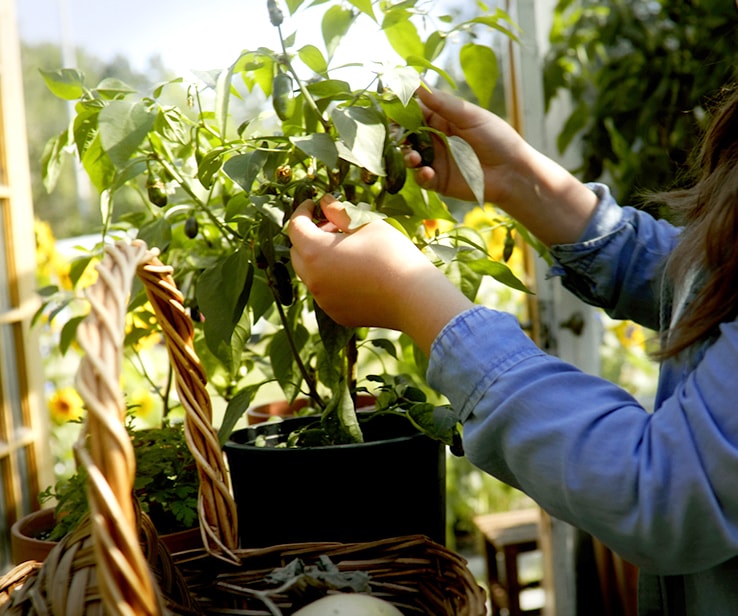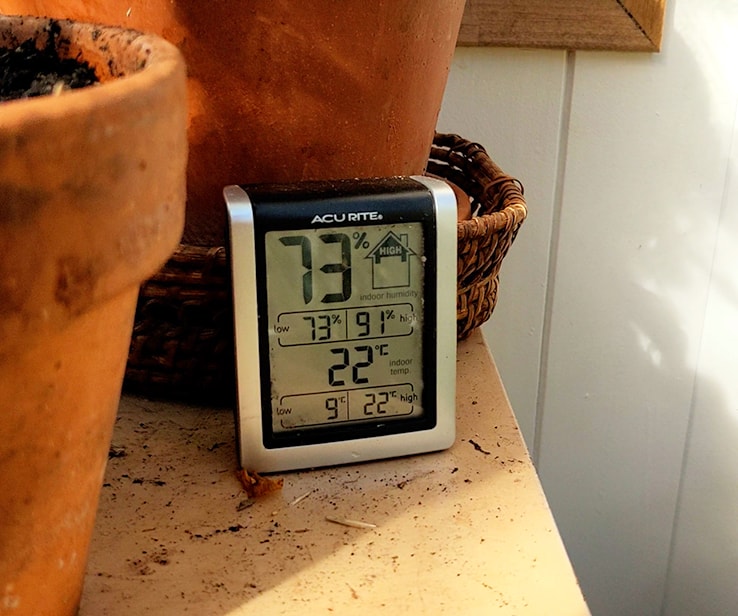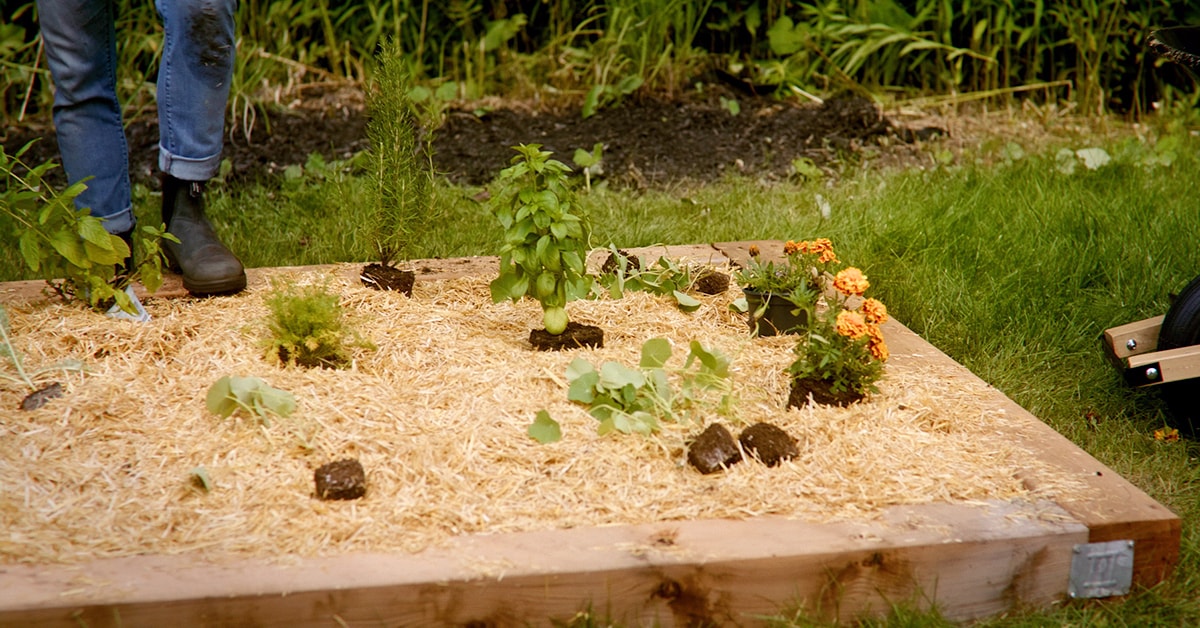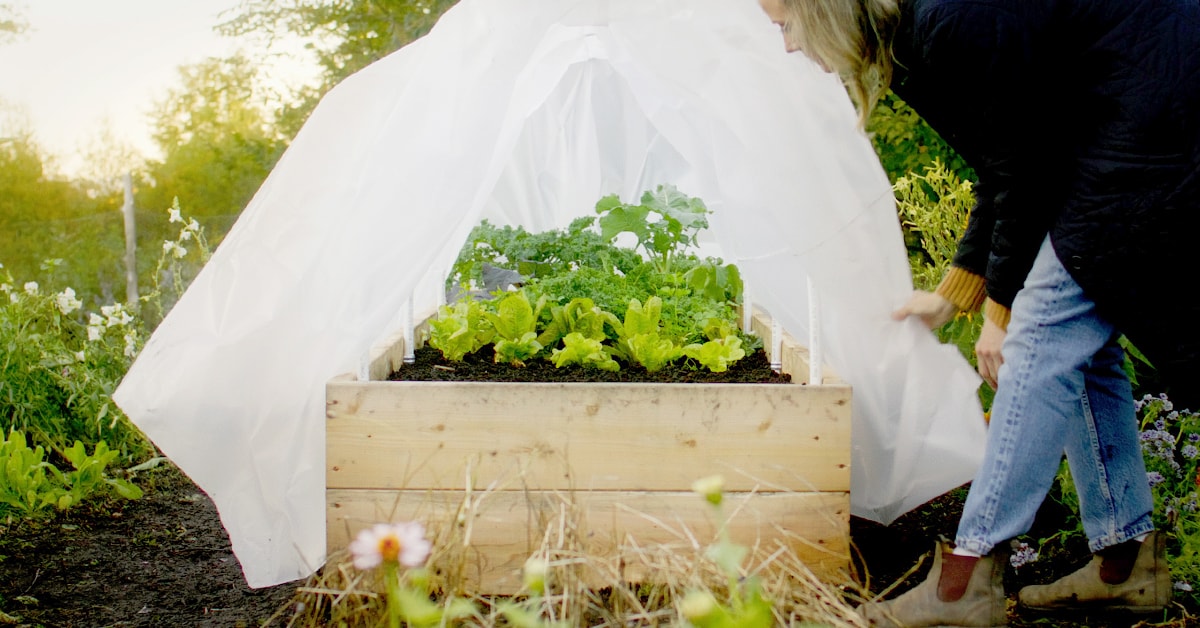Why Use a Garden Greenhouse?
A garden greenhouse is a practical solution!
In addition to extending the growing season and improving garden production, a greenhouse helps:
- acclimatize seedlings;
- house more fragile plants;
- protect crops from small animals; and
- store material.



















